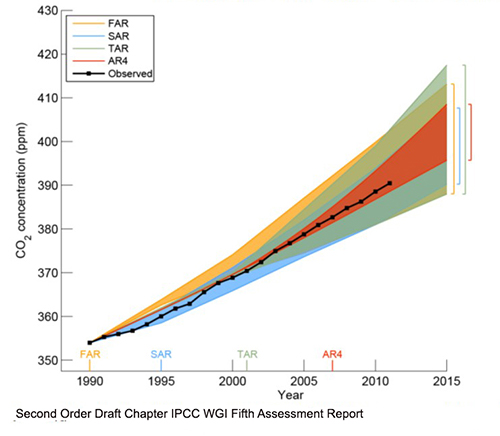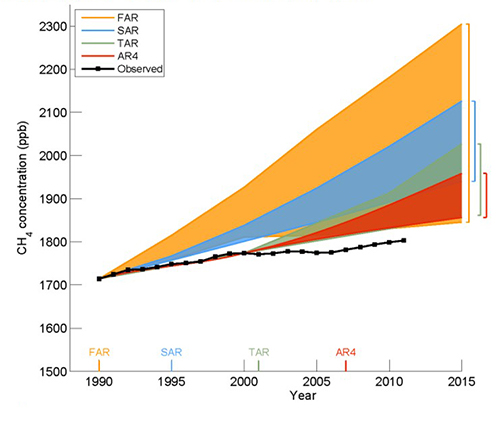
The Center for Methane Research (CMR) provides a centralized, industry-wide technical and policy support resource focused on the presence, measurement, and potential impacts of methane in the atmosphere, highlighting the interconnected role of natural gas production, delivery, and use.
Development of this “wellhead-to-burner-tip” industry resource provides a common platform of technical understanding that can be used in the decision-making process in support of balanced policy decisions that impact the environment, industry, and ultimately the consumer.
What is the CMR
The CMR collects and analyzes data on methane emission trends and atmospheric concentration levels. It also facilitates and conducts new scientific investigations, emphasizing atmospheric methane concentration and chemistry as well as methane radiative physics.
Assessing methane’s global warming impact is challenging. The following table shows two different metrics for comparing global warming impacts: the commonly used Global Warming Potential (GWP), and the lesser-known Global Temperature Potential (GTP). Some experts see the GTP metric as a more scientifically appropriate measure when comparing CO2 and other greenhouses gases such as methane that have a relatively short atmospheric lifetime (e.g., 8-12 years). The discrepancy in metrics can lead to different conclusions regarding climate policy.

Carbon Dioxide and Methane Concentration Trends
While predictions of carbon dioxide concentrations have been consistent with observed trends, predictions of methane concentration growth have been substantially overstated compared to observed trends.


This significant discrepancy needs to be better understood so that appropriate figures are used in estimating the global warming impacts from natural gas operations. What is causing the difference between predicted and measured methane concentrations—is it a result of poor predictions, or are responsible practices and policies limiting the amount of methane emitted to the atmosphere? Or is it something else entirely?
Read this report to learn more:
An Introduction to Methane and the Center for Methane Research
